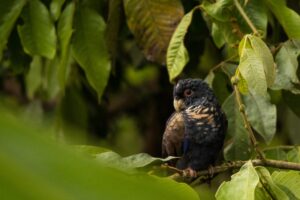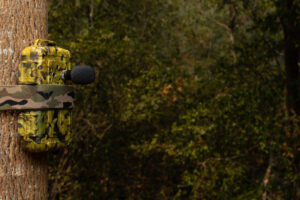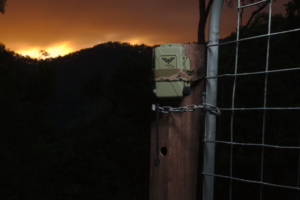| Acoustic bird surveys, the future? |
Post published on: April 1, 2021

Acoustic bird surveys, the future?
There’s nothing like getting out in the field to do a bird survey. Watching the sunrise over a survey site and listening to the morning chorus as sunlight filters through the canopy.
Except that time you couldn’t identify a particular call, or maybe you heard it wrong? Perhaps it was another bird imitating? Or those annoying birds that call once and are never seen or heard ever again. And don’t forget about the birds that are too shy and are scared by your bright orange hi-vis work shirt that the Safety Officer gave you. Or that time you were running late because you got stuck in insane early-morning traffic on your way to site. Maybe you just had bad luck and your project budget won’t allow for another survey session.
The doubt of mishearing a call plays on you, and you don’t have the confidence to tell your client or your supervisor that you found a threatened bird species. Something that is critical to your survey.
Enter, passive acoustic recorders.
Autonomous passive acoustic recorders are gradually being adopted by ecologists and biologists for surveying biodiversity around the globe. These impressive units are left out in the field for weeks, if not months and years, and can be programed to record vocal fauna including birds. Long deployment means that you're more likely to capture the data you need without the worry of weather or just plain bad luck. Passive acoustic recorders are cost effective, efficient and able to collect data in a standardized manner. Allowing for a robust survey design that you can repeat over and over again. Finally, once you have the call of a threatened bird species on your unit, no one can dispute it. You have physical proof that you can send to your clients, regulators, or that critical supervisor of yours.
You can record birds with the Anabat Swift and the soon-to-be-released Chorus.


